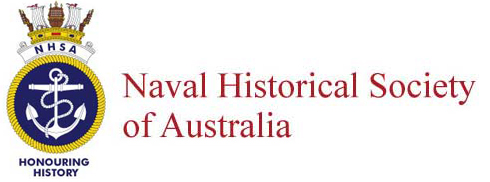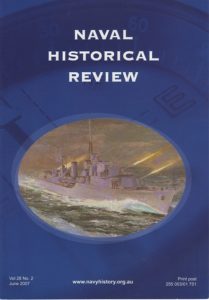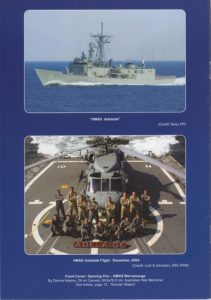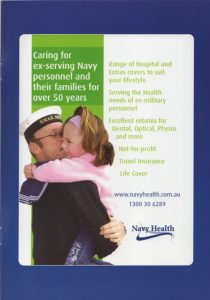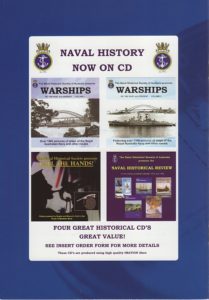- Author
- Letter Writer
- Subjects
- History - pre-Federation
- Tags
-
- RAN Ships
- None noted.
- Publication
- June 1993 edition of the Naval Historical Review (all rights reserved)
I read with interest the December 1992 issue of Naval Historical Review, but there were two articles in particular that I would like to comment on.
While Brigadier Howard was right to believe that the colony in New South Wales was not founded just to house convicts, to say that it was not a convict or penal colony seems to contradict his own evidence. How can a settlement where 736 of the 1030 people involved were convicts, not be a penal settlement? Additionally, most of the non convicts were there to control or manage the prisoners. There were no free settlers at all.
The answer to the question as to why the government chose such a remote place is simple. They wanted a location so far away that there was little prospect of the troublesome petty criminals they were exiling ever returning to Britain. In that sense it was a humane equivalent to capital punishment in its results. Indeed, many of the convicts were people who had originally been sentenced to death.
The alternative sites Howard lists all had problems of bad climate, terrible diseases and or hostile natives. We should not forget the favourable picture of New South Wales painted by Banks and Cook. We need to bear this in mind when assessing the government’s motives. Sometimes looking at the actual results is not as helpful as examining what the participants believed and expected to happen. People can only act on a situation as they see it. In this case the reports of reliable individuals caused the government quite reasonably to believe that the colony would be self sufficient in a short time. That it was not must have contributed to the high cost of transportation that Howard referred to. While I do not want to dispute his figures I would like to know how they were arrived at. Many convicts were soon given tickets of leave or were assignees. As these people were living largely at their own expense or that of the person they were working for, their cost to the government cannot have been high. I wonder if they are included in Howard’s 35 pounds figure.
On the question of the aborigines, is it not possible that the government thought they might provide useful labour? As it turned out they were much more of a “hindrance” than the British expected or Howard realised. Phillip himself was speared by an aborigine, and at one stage whites were nearly driven out of the Hawkesbury area. Recent work suggests that even in the Sydney region the resistance was quite strong.
Other new work that Howard did not have the benefit of does develop one of his themes – N.S.W. as a military base. Britain was at peace with France in 1786, but war with Spain was possible. Attacking her South American colonies would be strategically useful and quite possibly profitable as well. However, Britain had no suitable bases from which to mount such an attack. Sydney provided one.
Howard makes much of Phillip’s instructions. Unfortunately he is selective in their use. Studied more fully they show that the colony was not established for commercial reasons. He was specifically ordered not to allow shipbuilding, whaling, trade with China, neighbouring islands, settlements of the East India Company or even other Australian colonies that might be set up. Protecting the monopoly that the government had granted the East India Company seems to have been the motive for this directive.
Howard claimed that the calibre of many of the First Fleet officers was high, and while this is true in some cases, the incompetence, insubordination and brutal treatment of both convicts and aborigines by others hardly marks them out as outstanding. In any case what degree of choice about going did most officers have? If it was substantial one would have thought that ambitious men would have preferred to stay in Europe where one was more likely to be noticed. War still provided the best way to win promotion by distinguishing oneself in action – not to mention the wealth to be had through prize money.
Phillip’s own career is significant to the debate. The son of a German migrant, his family can hardly be of the “distinguished” sort that Howard mentions. On the beach on half pay tending a farm at the time of his appointment, Phillip had in a previous period of unemployment been “lent” to the Portuguese navy and served in Brazil. What was he doing there? Guarding a penal colony! What better person could there be to found an agriculturally self sufficient convict settlement far from home?
